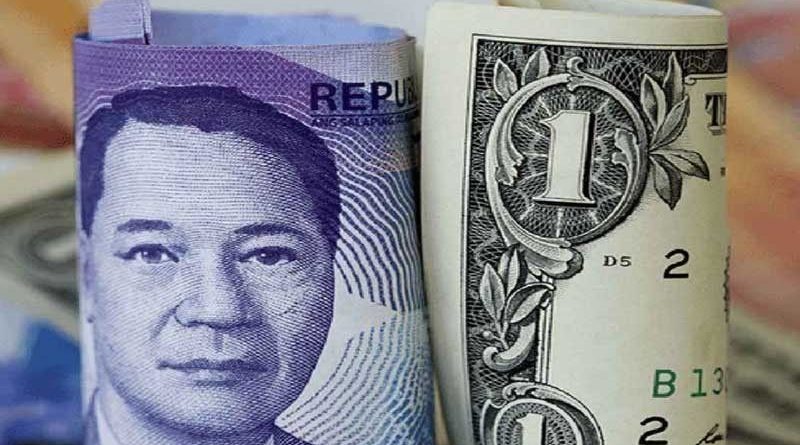FOREX: MANILA- Peso ends as 3rd worst performer in Asia
The peso was the third worst-performing currency in the region, shedding 5.3 percent from the end-2017 level of 49.93 to $1, compared to the Indian rupee’s 8.8 percent drop and Indonesian rupiah’s 6.7 percent decline.
.
MANILA, Philippines — The peso ended 2018 on a strong note, having recovered lost ground over the past two months, but still closed 5.3 percent weaker year-on-year and emerged as the third worst-performing currency in the region The local currency gained eight centavos to close at 52.58 to $1 Friday from Thursday’s 52.66 to $1.
But for 2018, the peso was the third worst-performing currency in the region, shedding 5.3 percent from the end-2017 level of 49.93 to $1, compared to the Indian rupee’s 8.8 percent drop and Indonesian rupiah’s 6.7 percent decline.
Antonio Agcaoili Jr., executive vice president and treasurer at Asia United Bank, told The STAR the recent strengthening of the peso could be traced to strong inflows over the last two months.
.
– SPACE RESERVE FOR YOUR ADVERTISEMENT –
.
.
“The strength of the peso may be attributed to the usual surge in year-end supply and some commercial inflows, both portfolio and investment flows,” he said.
The local currency plunged to its weakest level in 13 years last Sept. 26 when it closed at 53.325 to $1 due to the continued normalization path of the US Federal Reserve, the trade war between Washington and Beijing in the external front, as well as rising inflation and strong imports to support the growing economy in the domestic front.
.
– SPACE RESERVE FOR YOUR ADVERTISEMENT –
.
.
“Short term outlook for the US dollar is mixed due to many factors, mainly the impact of the US government shutdown on investors minds’ and a less aggressive Fed monetary policy stance,” Agcaoili added.
The US Fed is now looking at raising interest rates twice instead of thrice in 2019 after lifting rates four times this year.
First Metro Investments Corp. (FMIC) and University of Asia and the Pacific (UA&P), in the latest issue of the Market Call, said the peso ended in the green in November, after a series of depreciations except for August.
“The decline in the US treasury yields, as well as the dovish speech of Fed chair Jerome Powell halted the dollar’s rally. Moreover, higher dollar receipts from Filipinos working abroad provided a stronger run for the peso,” FMIC and UA&P said.
The local currency averaged 52.81 to $1 in November, representing a 2.2 percent appreciation from October.
Other emerging currencies also strengthened against the greenback, led by the Indonesian rupiah that regained strength tracking the large decline in internal prices of crude oil.
But FMIC and UA&P see the peso weakening to 53.63 to $1 in January and 53.79 to $1 in February.
“The country’s huge trade deficits in the light of the Build Build Build program and the need to shore up the country’s dwindling international reserves should again put pressure on the peso starting 2019,” FMIC and UA&P said.
.
– SPACE RESERVE FOR YOUR ADVERTISEMENT –
.
.
![]() All photographs, news, editorials, opinions, information, data, others have been taken from the Internet ..aseanews.net | [email protected] |
All photographs, news, editorials, opinions, information, data, others have been taken from the Internet ..aseanews.net | [email protected] |
For comments-Email to : Pahulu Gan|
. [email protected]









